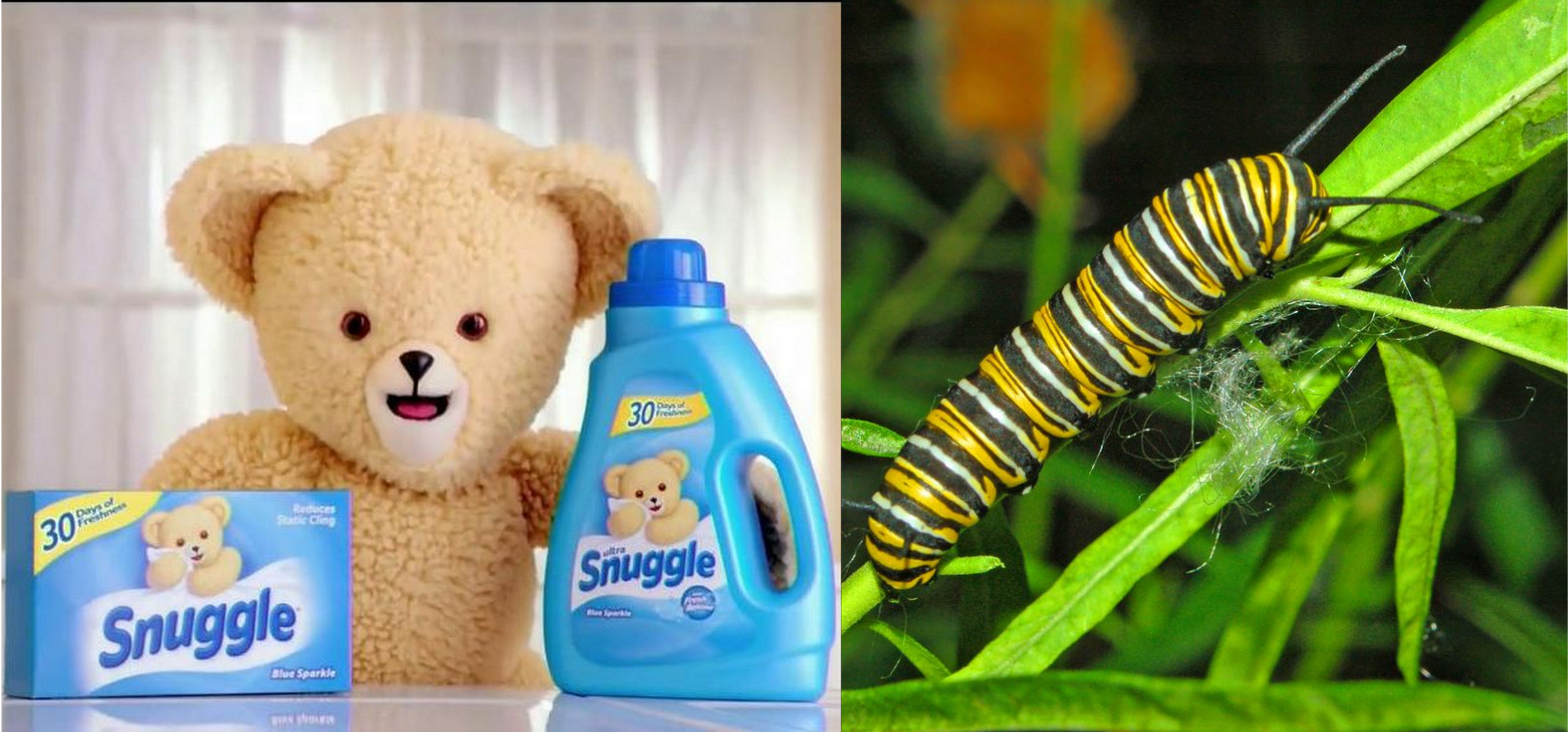Stop the Hysteria: Here Are 10 Things in Your House More Dangerous Than Marijuana
By:
Taking marijuana in an edible form is something that has been around for a very, very long time. But as laws across the country become more relaxed, and more states opt to legalize recreational use, a battle is raging, as potent edibles could become more common household items, looking less like a drug and more like an everyday snack food item, putting unwitting children at greater risk.
Pushes for stricter labeling laws make sense: if edible pot snacks look too similar to normal varieties, what’s to stop a child from reaching for a handful of gummy bears, only to feel slightly altered? Some numbers even back these claims up, too. A study found that accidental pot ingestion numbers spiked for kids under 12 after Colorado relaxed its medical marijuana laws in 2009. Another report in the Denver Post chronicled a “surge of kids” in emergency room visits due to the same issue from 2013-2014.
But there’s also a lot of hyperbolic concern from parents groups and proponents of keeping the plant illegal for recreational use. As a drastically changing landscape continues to define cities across the country, opponents of legalization are grasping for ways to hold back what they see as a blight and a danger to their children. The Colorado Health Department is also concerned that similarities in products on the market “so closely resemble children’s candy that [they] can entice children to experiment with marijuana,” according to the Associated Press.
But according to a post on the Washington Post’s Wonkblog, the danger of ingesting other household items still far outweighs kids accidentally ingesting pot. The post looked at numbers from the American Association of Poison Control Centers, which maintains the National Poison Data System to provide a database of every call made to a poison control center in the U.S. What they found was that marijuana poisoning for children under 13—a threat many opposition groups tout—is increasingly rare. Compared to the 254 calls relating to marijuana ingestion in 2012, for example, there were over 4,000 for children who ate birth control pills. Even calls for caterpillar stings were twice as common.
The numbers cited in the blog post don’t necessarily reveal that a child eating, say, a weed cookie by mistake is any safer than diaper cream. Rather, they indicate that people with children who have marijuana around the house seem to be doing a pretty good job of keeping it out of reach. The blog also points out that the numbers of weed-related E.R. visits reported in the most widely cited study represent only “2.4 percent of all ingestion-related E.R. visits for that age group over that period.” In all cases, too, the kids were sent home with no permanent morbidity or mortality.
As these numbers are only poised to increase in pace with legalization (they have nowhere else to go since they’re already so low), and as legalization opponents will continue to cite them in arguments and fight for tightened regulations, it’s important to keep numbers in perspective. After all, who’s asking for tighter restrictions on caterpillars?
Here are ten things more dangerous for kids than weed according to the National Poison Data System, rated on a scale from 0-50,000 calls, with marijuana calls just over zero.
1. Ibuprofen clocks in at close to 50,000
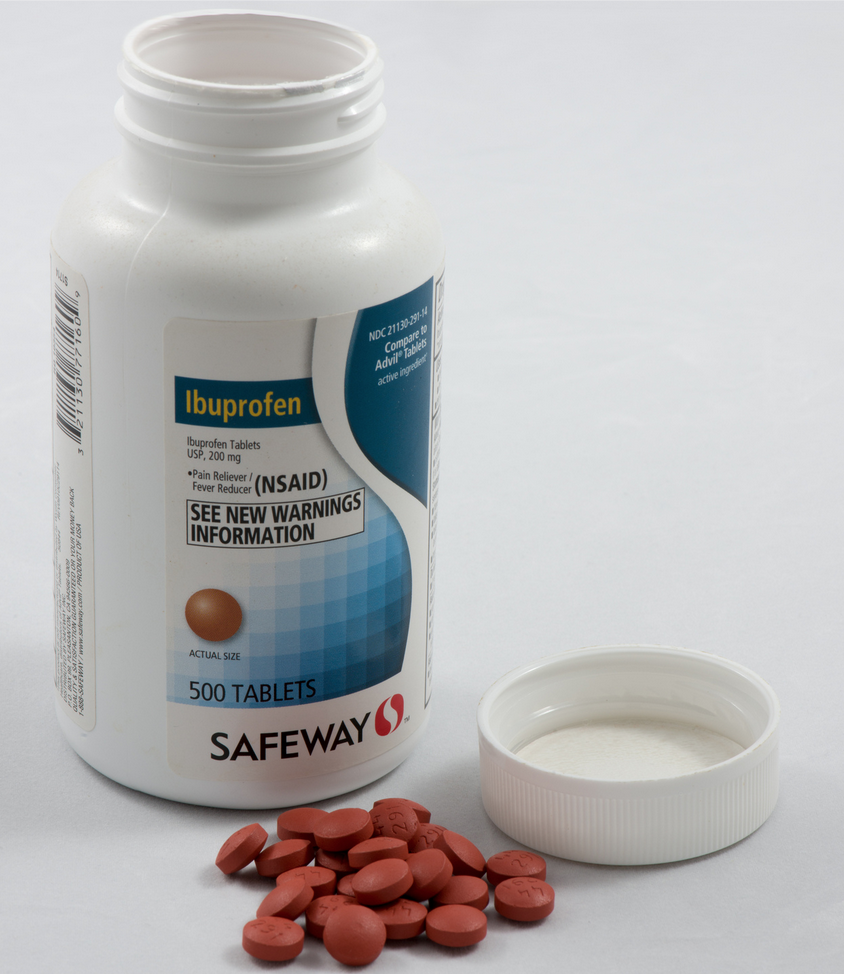
2. Diaper cream hovers around 35,000.
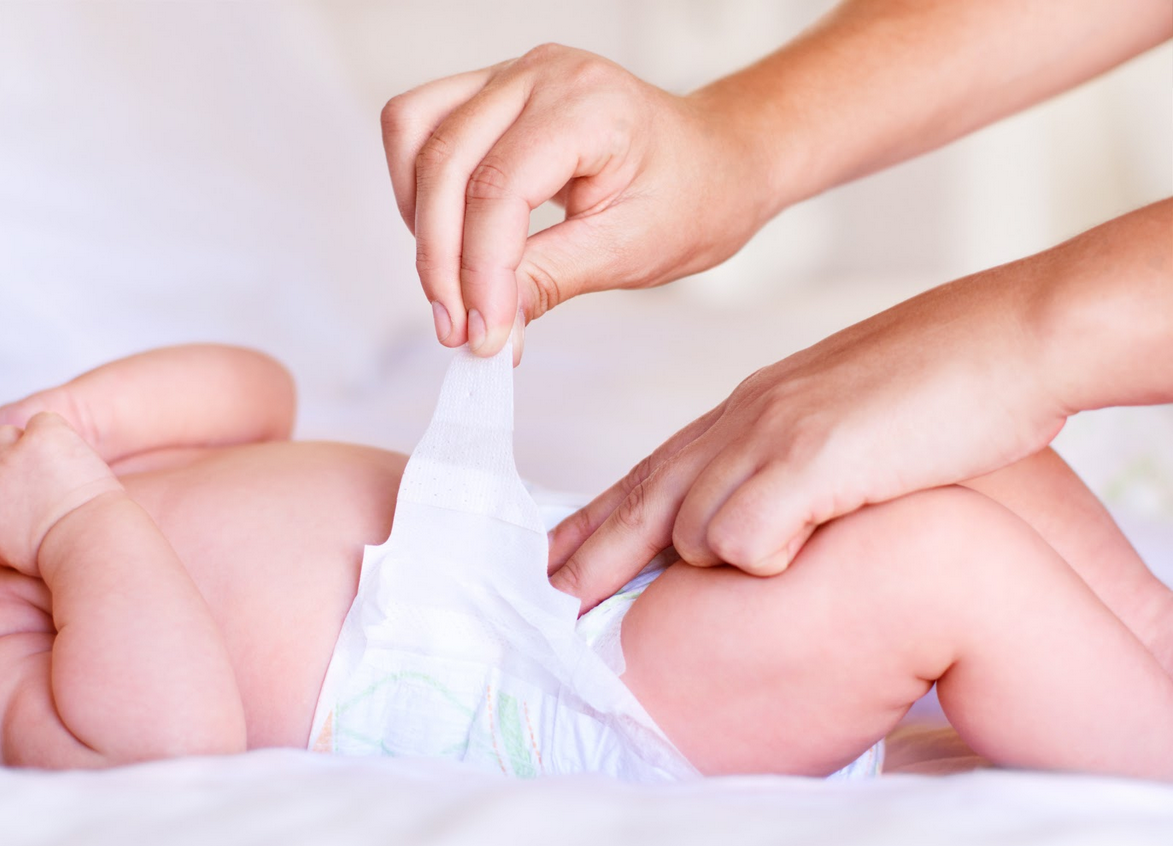
3. Toothpaste ingestion is just under 20,000.
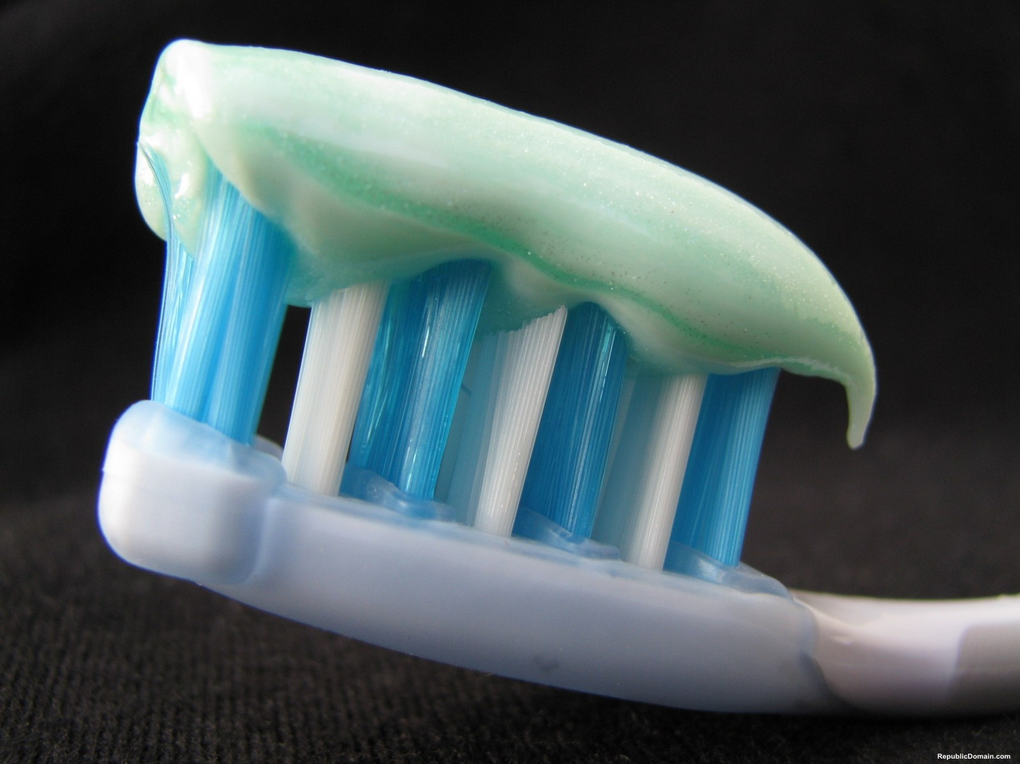
4. Dishwasher detergent is around 15,000.
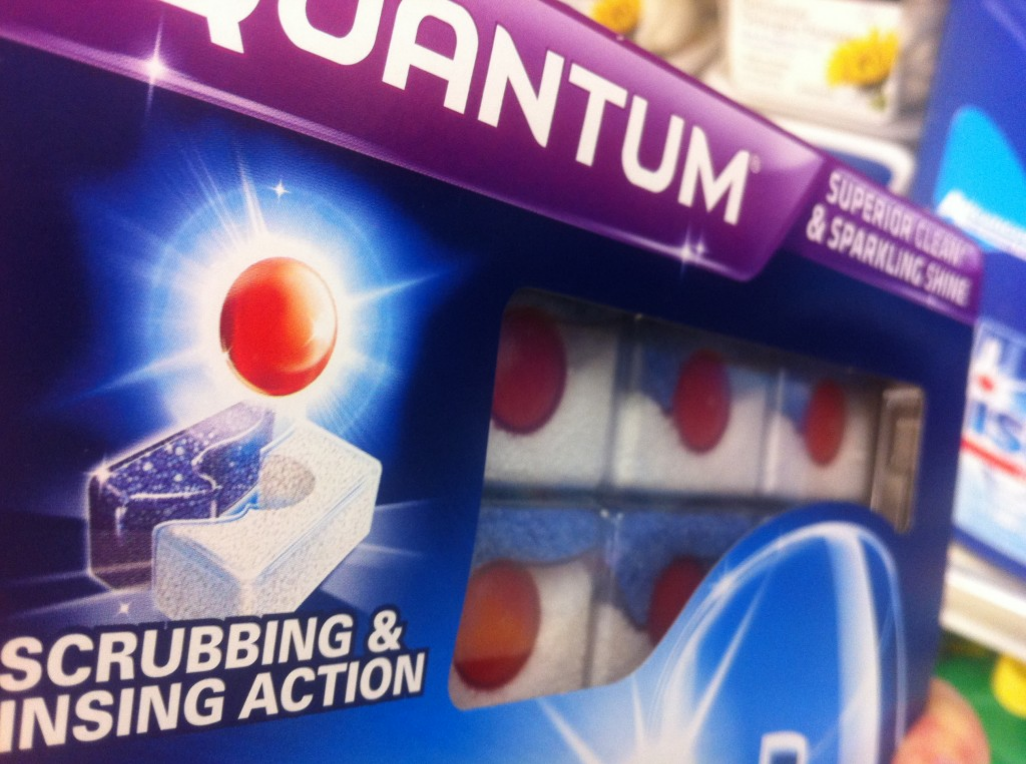
5. Pens and ink is right at the 10,000 mark
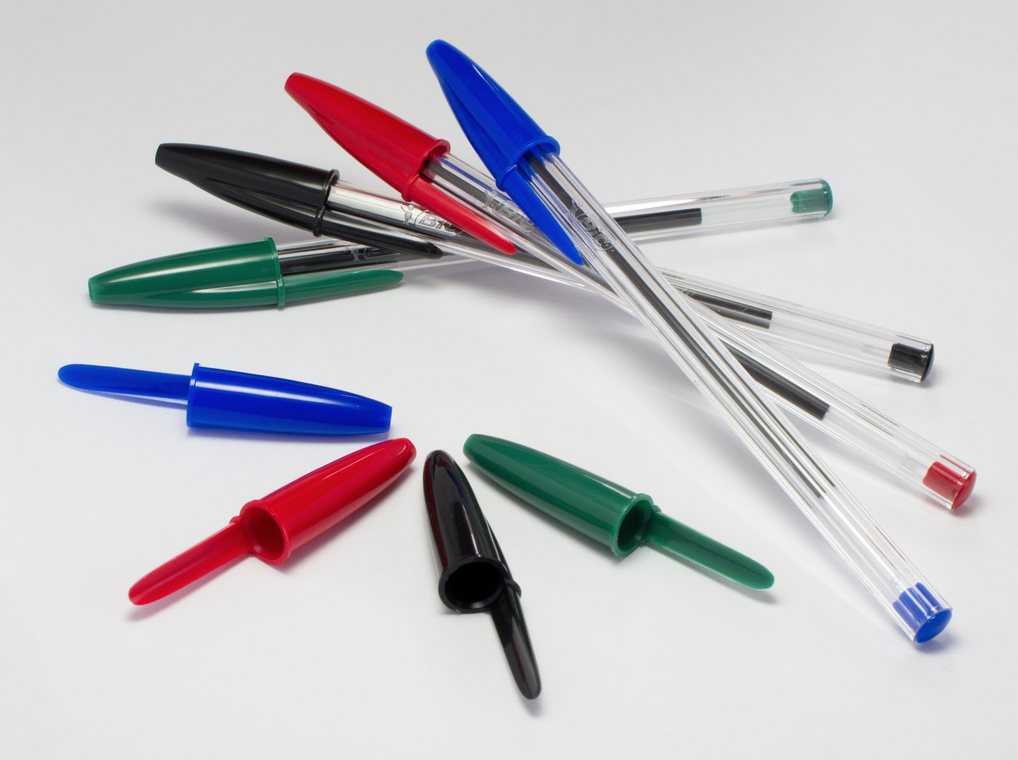
6. Tobacco, toilet boil cleaners, and glue are about half that.
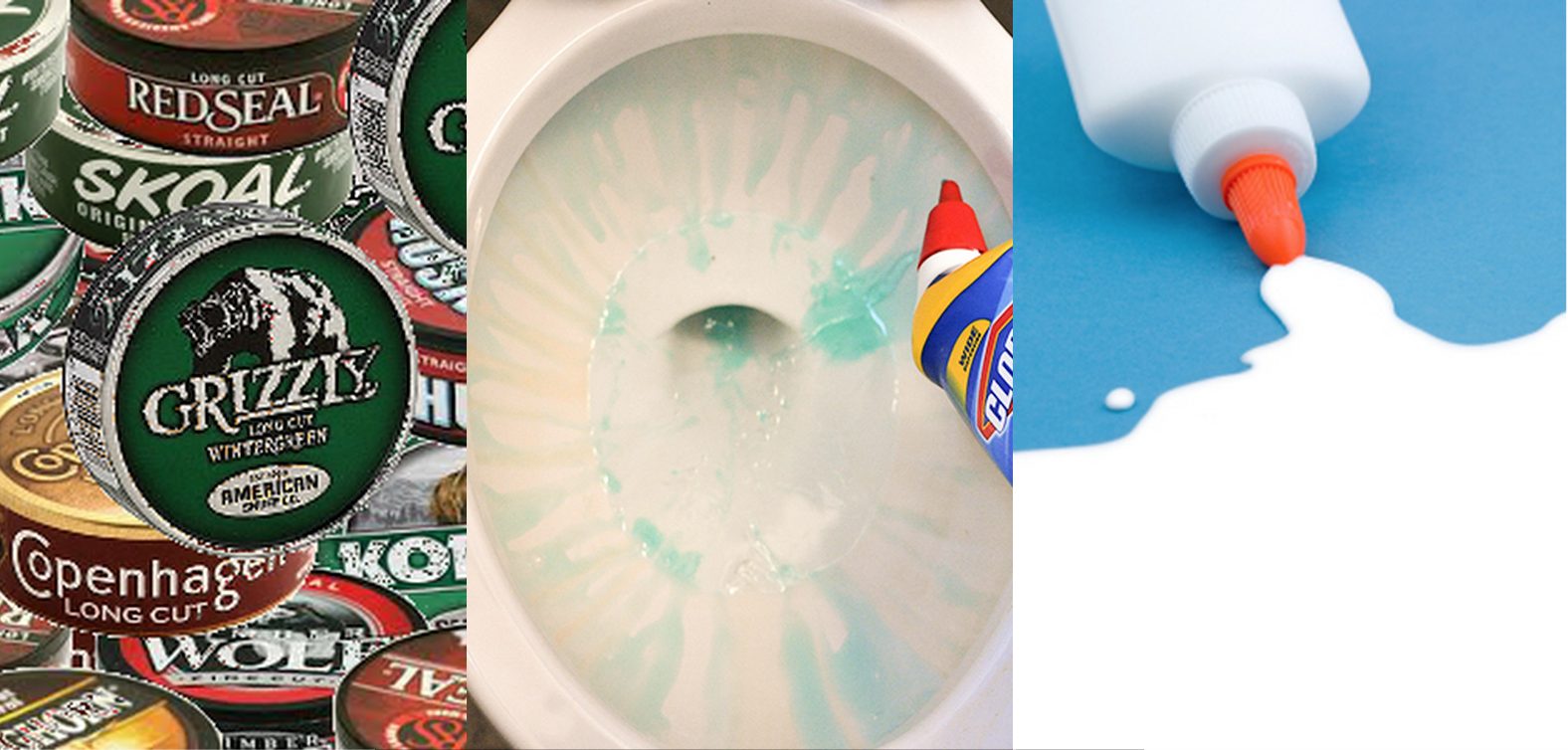
7. Antacids, birth control pills, and Benadryl are around 5,000
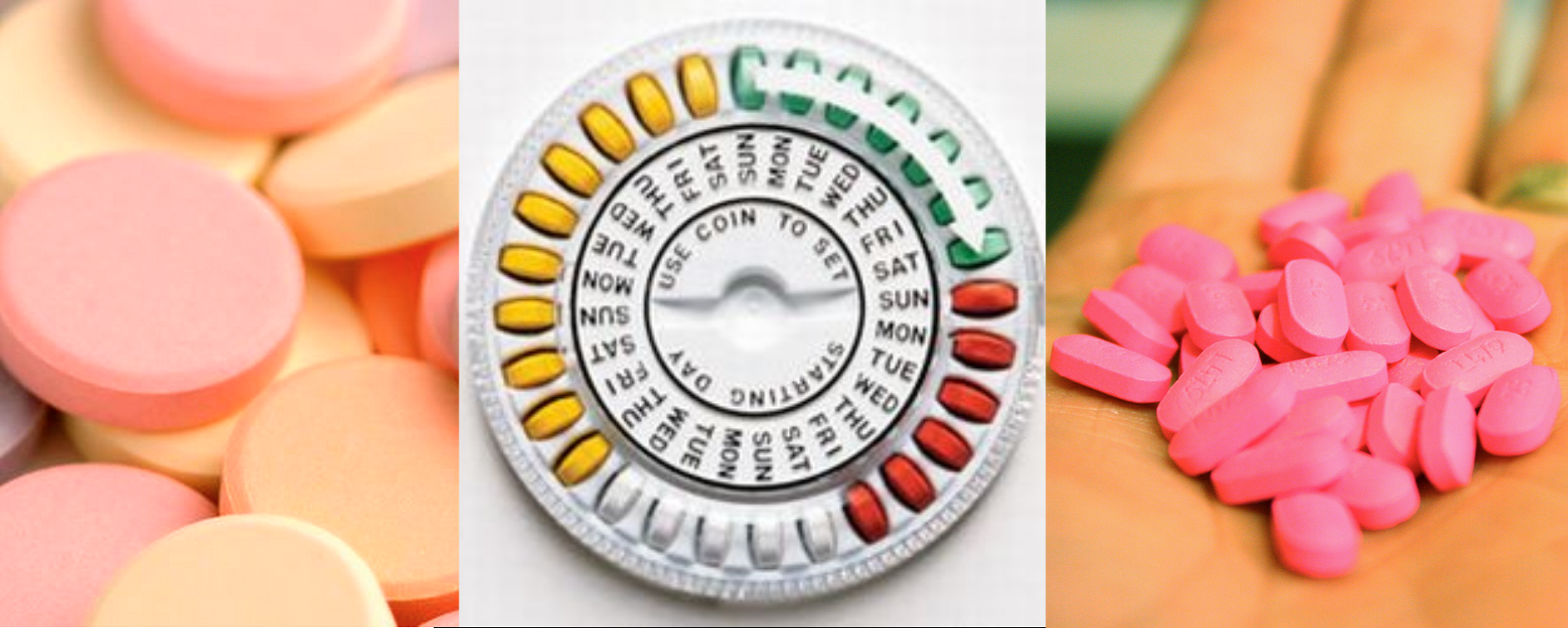
8. Alcohol is close to 3,000

9. Energy drinks are somewhere around 1,500
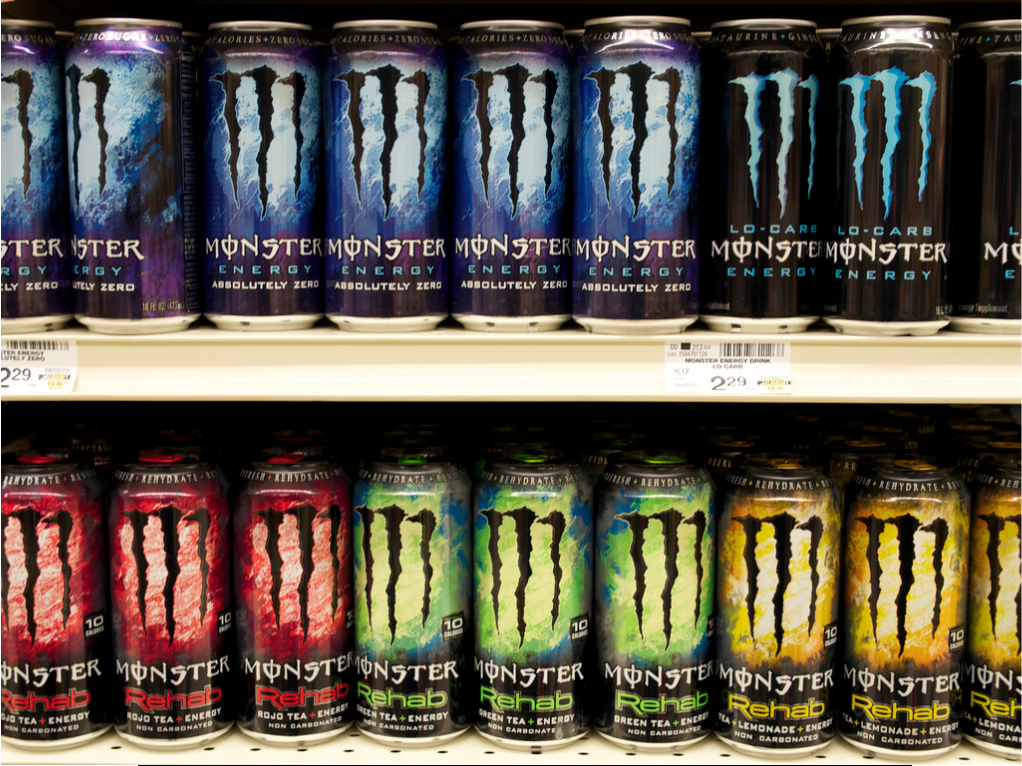
10. Liquid fabric softeners and caterpillar stings are about the same.
